Dog Dental Care: How To Brush Your Pal’s Teeth
We always want the best for our buddies, right? You chose the best food, plan awesome walks along the park, pamper them with toys and treats… And you may even have learned how to use dog nail clippers to take your DIY grooming to another level. But how often do you brush your pal’s teeth? Dog dental care is overlooked by many owners who unknowingly put their pets’ health in danger.
That’s right! Brushing your dogs’ teeth is not a matter of giving them a shiny smile, but rather of protecting their well-being and keeping the pain away.
- Dog dental care is crucial for preventing health issues like periodontal disease and infections.
- Approximately 85% of dogs over 4 years old suffer from dental problems.
- Use toothpaste specifically made for dogs to ensure safety during brushing.
- Introduce dental care gradually to help your dog become comfortable with teeth brushing.
- Regular veterinary visits are essential for monitoring your dog's dental health.
Why is dog dental care important?

Unfortunately, dogs cannot take care of their dental hygiene by themselves, but they can face just as much trouble with their “pearly whites” as humans.
Toothaches and sore gums can afflict your pooch, leaving them in pain, stressed and often with bad breath. Approximately 85% of dogs over the age of 4 suffer from periodontal disease, a condition that can lead to gum infection and tooth loss. If left untreated, bacteria can also spread into your buddy’s blood and infect other body parts like the kidneys, the heart and the liver.
Dog dental care is thus not a beauty procedure, but one rather important step to help keep Fido’s health in shape!
Tools for dog dental care
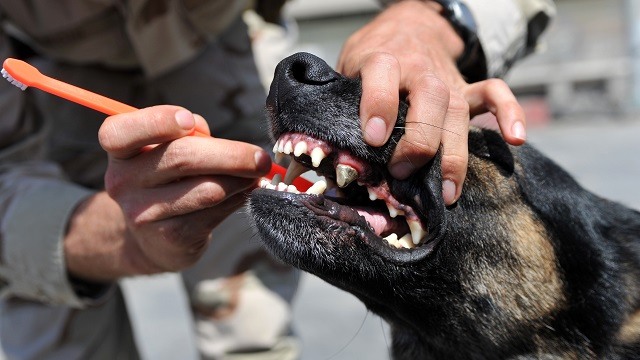
Toothbrush: You can either use a regular human toothbrush or one specifically designed for dogs. The latter has an angled handle, so it’s easier to hold with your fingers while brushing the dog’s teeth. If you prefer a regular toothbrush, make sure to choose a soft one and with the right size for your buddy’s mouth.
Toothpaste: Don’t ever use regular human toothpaste when brushing your buddy’s teeth! Not only are they supposed to be rinsed out, they also contain detergents and abrasive agents that can be harmful to your pet if ingested. Most dog toothpastes are enzymatic, so they can be swallowed, and they provide good cleaning action. They also come with attractive flavors, like beef and chicken, to appeal to your bud’s taste! 😋 Try giving them different brands and flavors, so you can use their favorite and ensure (at least partially) a bit more cooperation when brushing time comes.
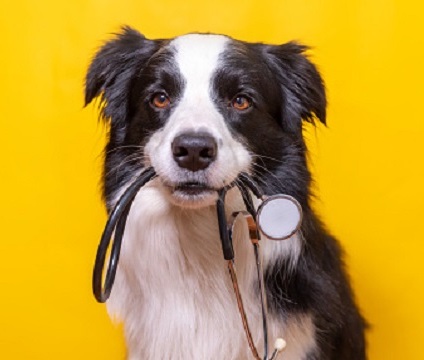
Not sure if your dog is sick?
Get a better idea of your dog’s current health status with our quick quiz.
Dental cloth: if your dog is a “No, no!” when it comes to brushes in their mouth, you can also try using your fingers wrapped in a dental cloth to rub their teeth. It’s not as effective as a brush, since you can’t reach small cavities with the cloth, but it’s still better than nothing.
Toys and food: textured toys and soft chewing kibble and bones won’t clean your dog’s teeth completely, but they support their maintenance. Chewing will help get rid of plaque and dirt in between brushing days. Look for toys and treats with the VOHC-approved stamp (approved by the Veterinary Oral Health Council) and those with “tartar control” on the label.
The technique to master

Most dogs don’t like having you poking around their mouth. Start slowly to get them used to it, and to prevent things from going south (a.k.a. you getting bitten!).
Pet your bud’s chin and muzzle and part their lips gently, using a finger to simulate a toothbrush. If they don’t like it, try rubbing your finger with something tasty, so it gets more appealing to them. Do this for about 2 minutes at a time, several times a week. Keep repeating this trick until the dog gets used to it and doesn’t feel stressed by you touching their mouth. Once it’s ok, replace your finger with the toothbrush. Brush their teeth gently, paying close attention to the gums too.

Maven Pet
Health Monitor
#1 Vet-recommended pet monitor! Tracks activity, rest, respiratory rate, water intake, scratching and other health indicators 24/7
Don’t worry if you can’t reach every single corner! Focus particularly on the external side of the teeth and where they join the gums. This is where most problems originate. The interior side of their teeth is much cleaner, due to tongue friction and the cleaning properties of saliva. You can finish your session by giving your buddy a treat, be it food or a fun time. They will be more cooperative next time in order to gain the reward! 🐶
Ideally, you should take care of your dog’s dental care daily, but this may be unrealistic. Two or three times a week is already good. And you don’t even need to do it all at once! If the dog gets restless while you’re brushing their teeth, try to do half of them per day. As long as you cover the full mouth, your goal will be achieved!
Conclusion

Keep your buddy’s teeth healthy by brushing them carefully and as often as possible. Don’t forget to take them out for a visit to the vet every once in a while for a routine check! Fido may need a thorough dental cleaning to keep away diseases and bacteria. For special procedures or more complicated cases, you may also want to refer to a veterinary dentist.
Maven Pet focuses on improving the quality of life of our pets with technology, using artificial intelligence (AI) to enable proactive pet care. By accurately collecting and monitoring pet data 24/7 and flagging any irregularities, Maven Pet empowers pet parents and veterinarians to stay ahead of potential health issues, ensuring the well-being and longevity of our beloved companions.

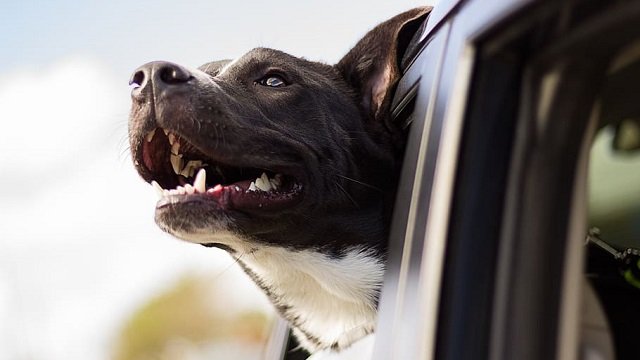
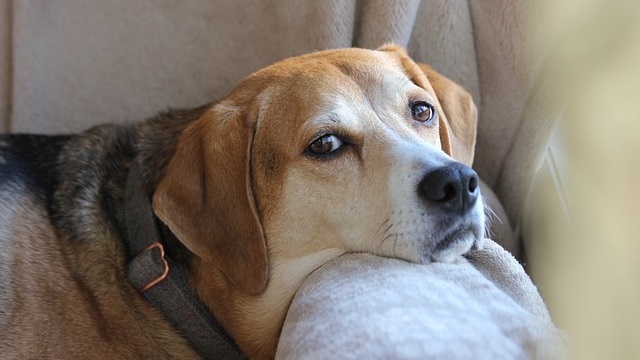

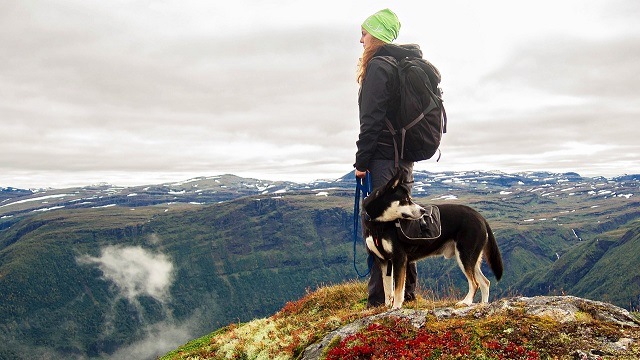
This is Great Information, However, my dog already came with Gingavitis & Periodontal Disease. It’s Very Difficult to try to Brush his teeth. He’s already 9-1/2 years old.
I’ve tried Everything! So Frustrating!
Hi Connie, thanks for your feedback!
I totally understand your concern and starting to brush your dog’s teeth later in their life might be a challenge, especially if they already suffer from Gingivitis & Periodontal Disease.
If you haven’t done it yet, the first step would be to perform a full oral health check-up and assess the amount of plaque and dental tartar your dog has. Your local vet should be able to do that with no problem. Once that is figured out, you can discuss if a destartarization (dental cleaning) can and should be preformed. Your local vet will take into consideration your dog’s health status and likely ask for bloodwork to be done as this medical procedure requires general anaesthesia.
From that point onwards it’s important to prevent dental plaque from building up so quickly. The most effective preventive approach would be to brush your dog’s teeth and there are ways to teach our pets how to cope with it. At Maven, our vets guide pet parents through a step-by-step approach on how to do so. 🙂
If your dog is not an eligible candidate for a destartarization, you can still teach him how to be okay with having his teeth brushed and that is what will prevent tartar to keep building up at such a high pace.
It may take some time to teach your dog but I know you can do it if you are taught the right steps! 🙂 Bear in mind that we should resort exclusively to positive reinforcement methods when we want to teach our buddies a new thing 🙂
Hope this helps!